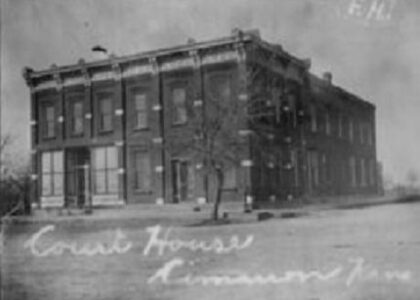Welcome to the River Foyle, often referred to as the Lifeline of Lifford. This river has been a silent yet steadfast witness to the unfolding of time, weaving through the rich tapestry of history and human endeavor. Situated at the coordinates 54.831900, -7.483600, the River Foyle has been central to the development and survival of the communities along its banks.
The story of River Foyle is as old as the land itself. The river has been a vital artery for centuries, supporting the earliest human settlements with its abundant resources. Throughout its history, the Foyle has been a natural divider and unifier, marking boundaries while also serving as a crucial trade route.
In the medieval period, the strategic importance of the River Foyle was recognized by various clans and later by colonial powers. The river was a key factor in the development of the nearby town of Lifford, which became a significant administrative and military center. During the Plantation of Ulster in the 17th century, the Foyle’s banks saw the establishment of fortified settlements, marking a new chapter in the region’s history.
The River Foyle also played a role during the tumultuous times of the Irish Confederate Wars and the Williamite War in Ireland. The river’s strategic location made it a focal point for military campaigns, with its bridges and crossings becoming key tactical objectives.
As we move into the modern era, the River Foyle has continued to be a lifeline for the region. It facilitated industrial development, particularly in the linen trade, which was a major economic driver in the 18th and 19th centuries. The river’s waters powered mills and factories, providing employment and prosperity to the local population.
Notable figures have left their mark on the Foyle’s history. The great Irish chieftain Hugh O’Neill, Earl of Tyrone, famously traversed the Foyle during the Nine Years’ War, in his efforts to resist English encroachment. The river also welcomed the likes of James II, who visited during the Siege of Derry.
Today, the River Foyle remains a symbol of natural beauty and historical significance. It is part of the broader cultural landscape that tells the story of Ireland’s northwestern frontier. The river continues to support local biodiversity, and its banks are a haven for walkers and nature enthusiasts.
As you stand by its waters, imagine the countless stories that have unfolded along this river—stories of conflict, commerce, and community. The River Foyle is more than just a body of water; it is a living narrative of the past and a vital part of the present, carrying with it the hopes and aspirations of those who call its banks home.





